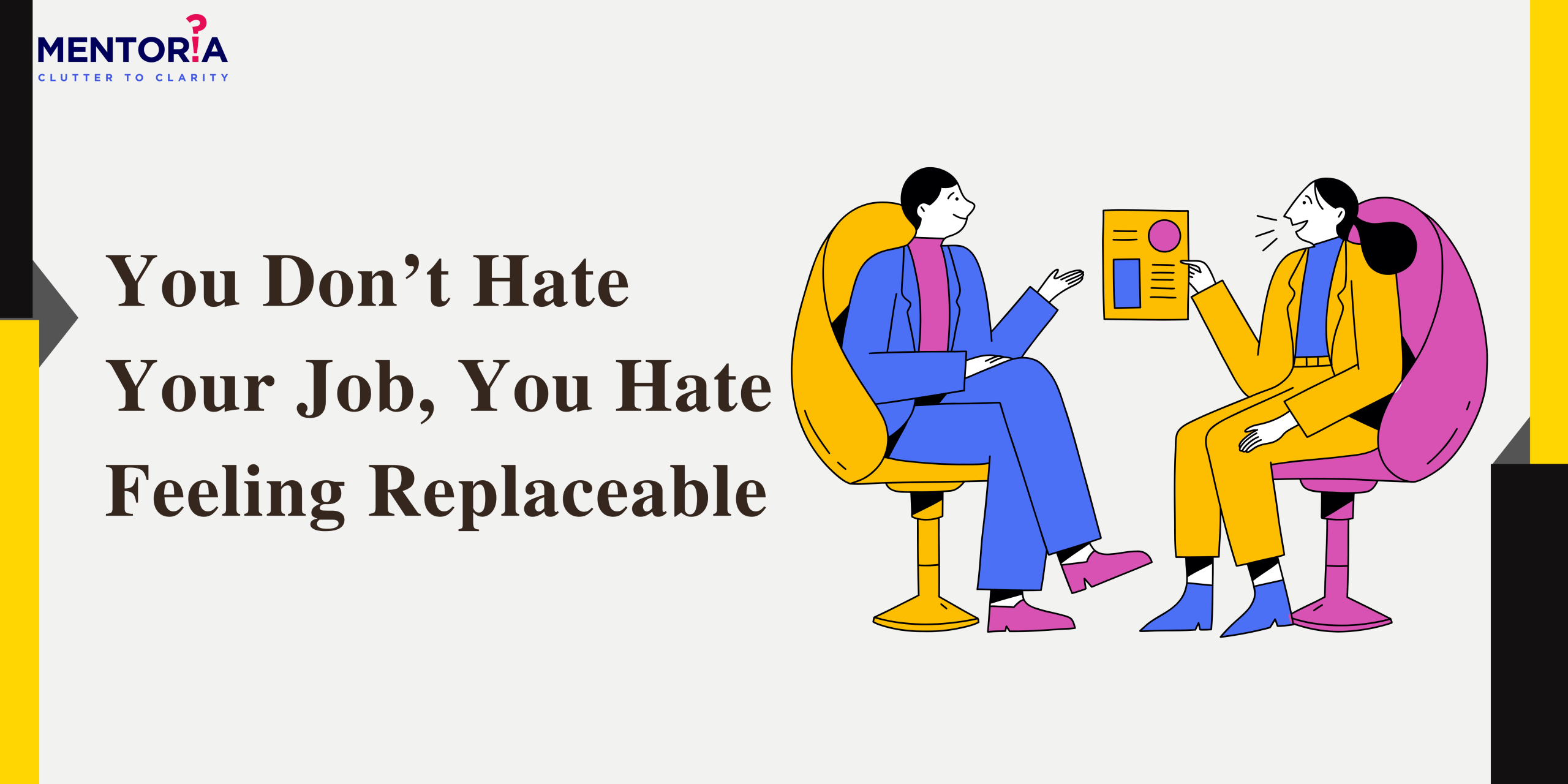Crafting Your Resignation: Your Guide To An Effective Letter

Leaving your job is a bit like ending a chapter in a book – it’s both exciting and nerve-wracking. But before you pack up your desk and bid farewell to the office coffee machine, there’s one crucial piece of paperwork you can’t forget: the resignation letter. That one piece of paper can make the difference between leaving your job on good terms with a friendly farewell wave or awkwardly tip-toeing out the back door while everyone’s looking the other way. It might sound like a mundane task, but trust me, it’s your ticket to a smooth exit and a lasting impression. So, grab your pen (or keyboard) and get ready for the ultimate guide on how to write an effective resignation letter. It’s not just a letter; it’s your final handshake with your soon-to-be-ex-employer.
Common Reasons For Resignation
Employee turnover is a costly and disruptive issue for businesses of all sizes. In India, the employee turnover rate is estimated to be around 20%, which is significantly higher than the global average of 15.1%. In the Indian workforce, several common reasons prompt employers to consider an employee’s resignation.
Better job offers: According to a survey by LinkedIn, approximately 54% of Indian professionals change jobs due to better compensation and benefits offered by other companies.
Career growth opportunities: Many people even consider leaving their jobs because they want better career growth opportunities.
Work-life balance: The desire for improved work-life balance motivates many resignations, with nearly 36% of employees seeking more flexible working arrangements.
Commute and Location: A lengthy commute can lead to resignations, as seen in cities like Mumbai and Bangalore, where travel times can be substantial.
Components Of An Effective Resignation Letter
Now, let’s break down the key elements that should be a part of your resignation letter:
- Date and Contact Information: Start your letter by placing your contact information at the top, including your name, address, phone number, and email address. Next, add the current date.
- Recipient Information: Below your contact details, provide the recipient’s information. This should typically be your immediate supervisor or the HR department.
- Salutation: Begin your letter with a polite salutation. If you’re on friendly terms with your supervisor, you can use their first name. Otherwise, a simple “Dear [Recipient’s Name]” will suffice.
- Opening Paragraph: The first paragraph should be concise and to the point. Start by stating your intention to resign from your current position and provide your last working day. Express gratitude for your time at the company. Example: I am writing to formally announce my resignation from my position as Marketing Manager at XYZ Corporation, effective October 15, 20XX. I want to express my heartfelt gratitude for the wonderful experiences and opportunities I’ve had during my time here.
- Main Body: In this section, you can elaborate on your decision to resign. You might want to mention the reasons behind your departure, but it’s essential to keep it positive and professional. Highlight your achievements and contributions to the company, and express your willingness to assist with the transition. Example: Over the years, I have had the privilege of working with an incredible team and contributing to the growth of XYZ Corporation. I believe it’s time for me to explore new challenges and opportunities in my career. Rest assured, I am committed to ensuring a smooth transition and will be more than willing to assist in training my successor.
- Closing Paragraph: Conclude your letter on a positive note. Express your hope for the company’s continued success and your enthusiasm for the future. Offer your willingness to discuss the transition further if needed. Example: I am excited about the path that lies ahead for both me and XYZ Corporation. I am confident that this decision will be mutually beneficial, and I look forward to staying in touch. Please feel free to reach out if there are any additional details I can provide or if you’d like to discuss the transition process further.
- Closing: End your letter with a professional closing such as “Sincerely” or “Best Regards,” followed by your signature. If it’s a printed letter, leave space for your handwritten signature.
Tips For Writing An Outstanding Resignation Letter
Now that you have a structure in place, let’s sprinkle in some tips to make your letter truly exceptional:
- Be Concise: Keep your letter brief and to the point. Avoid unnecessary details or lengthy explanations.
- Stay Positive: Maintain a positive tone throughout the letter, even if your departure is due to challenging circumstances.
- Proofread: Triple-check your letter for grammatical errors and typos. A well-proofread letter demonstrates your attention to detail.
- Address Concerns Privately: If you have concerns or grievances, address them separately with HR or your supervisor rather than including them in your resignation letter.
- Offer Assistance: Express your willingness to assist with the transition. This shows your commitment to leaving on good terms.
- Hand in a Hard Copy: If possible, hand in a printed copy of your resignation letter in addition to sending it via email.
Sample Resignation Letter
To wrap things up, here’s a sample resignation letter following the structure and tips outlined above:
[Your Name]
[Your Address]
[City, State, Zip Code]
[Your Phone Number]
[Your Email Address]
[Date]
[Recipient’s Name]
[Company Name]
[Company Address]
[City, State, Zip Code]
Dear [Recipient’s Name],
I am writing to formally announce my resignation from my position as [Your Position] at [Company Name], effective [Last Working Day]. I want to express my heartfelt gratitude for the wonderful experiences and opportunities I’ve had during my time here.
Over the years, I have had the privilege of working with an incredible team and contributing to the growth of [Company Name]. I believe it’s time for me to explore new challenges and opportunities in my career. Rest assured, I am committed to ensuring a smooth transition and will be more than willing to assist in training my successor.
I am excited about the path that lies ahead for both me and [Company Name]. I am confident that this decision will be mutually beneficial, and I look forward to staying in touch. Please feel free to reach out if there are any additional details I can provide or if you’d like to discuss the transition process further.
Sincerely,
[Your Typed Name]
And there you have it! With this guide and sample letter, you’re all set to write your own resignation letter that leaves a positive impression as you embark on your next career adventure. Remember, a well-written resignation letter is not just a formality; it’s a testament to your professionalism and grace as you take your leave.
Mentoria – Your Career Companion
In the world of career transitions, your resignation letter plays a pivotal role. It’s your chance to leave a lasting impression, maintain professional relationships, and set the tone for your future endeavours. While crafting one may seem like a daunting task, remember that it’s an art you can master with the right guidance.
At Mentoria, we understand the importance of every career move, including the art of resigning gracefully. Our career experts are here to provide you with personalised guidance on every aspect of your professional journey. From composing the perfect resignation letter to preparing for your next big step, we’re your trusted partner in career development. Connect with Mentoria today, and let’s navigate your career path together.









